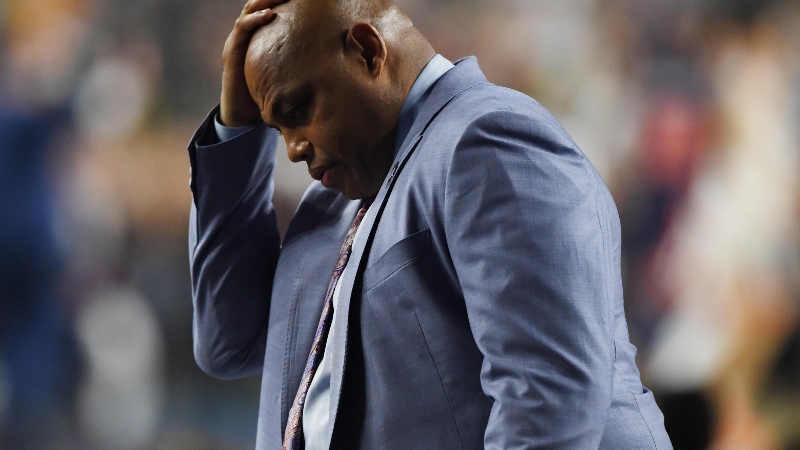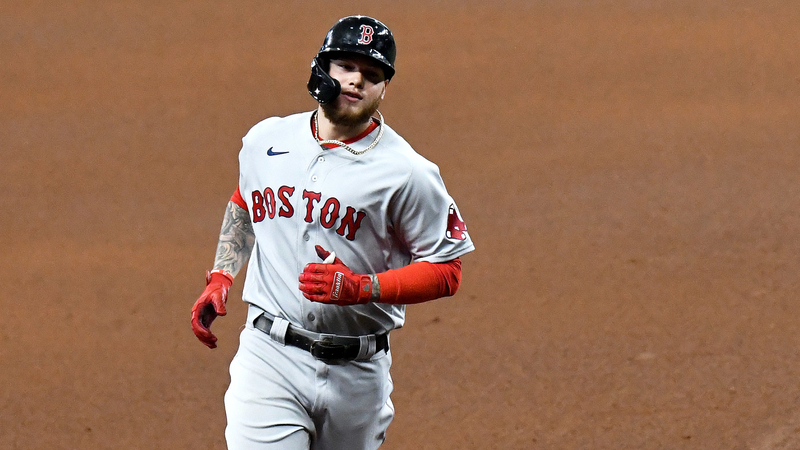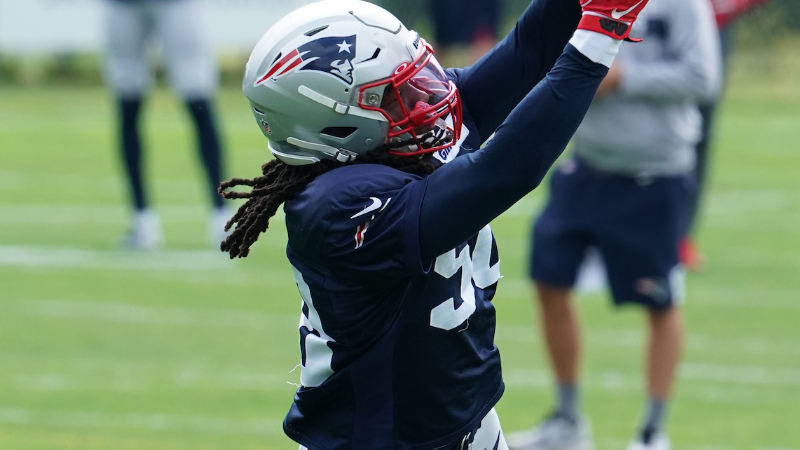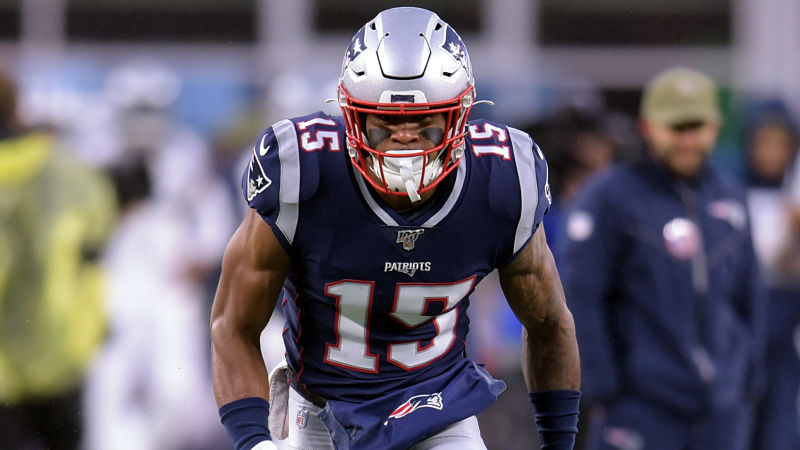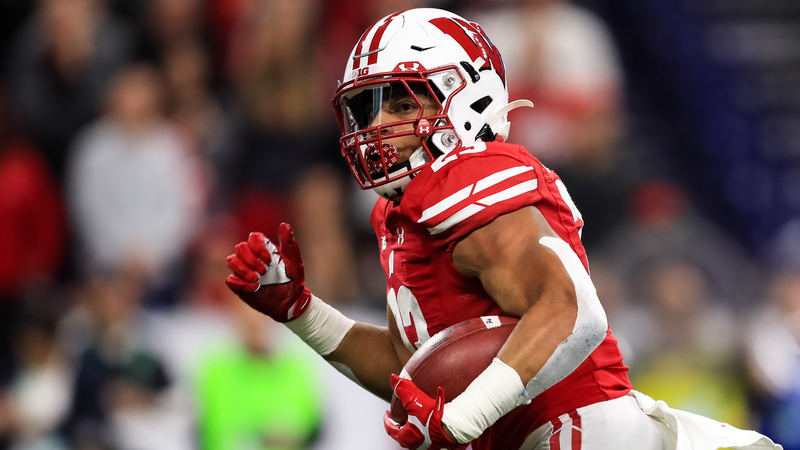Over the coming days, there might be suggestions that Matt Grzelcyk’s recent play goes to show that the Boston Bruins can survive life without Torey Krug.
Regardless of what you think the Bruins should do about Krug’s future, Grzelcyk should have little (if any) impact on how that situation is handled.
Maybe the laziest take around the Bruins is that Krug and Grzelcyk effectively are the same player. Aside from being 5-foot-9, left-shot defensemen, there’s essentially no truth in that statement. Because of that, the idea of just plugging Grzelcyk into all of Krug’s roles is a reach. Can it be done? Absolutely, but not without some big changes.
We’ve gotten a look recently at how Grzelcyk fits in some of those roles. Since Krug went down with an upper-body injury against the Philadelphia Flyers on Nov. 10, the Charlestown native has started playing on the second line with Brandon Carlo and is quarterbacking the top power-play unit. He’s done well in those spots, skating at least 19 minutes in each game since Krug’s been gone, tallying two goals and an assist in that four-game stretch.
But Grzelcyk’s recent play isn’t necessarily sustainable given what we know about him as a player.
For one, he’s more responsible defensively than Krug, and that’s reflected in the situations Bruce Cassidy uses them both in. Since the start of last season, over 70 percent of the draws Krug’s been on the ice for have been in the offensive zone, as opposed to about 50 percent for Grzelcyk. Part of what makes the Krug-Carlo second pairing useful is that, despite Carlo’s lackluster offensive ability, there’s enough trust to send him out for attacking zone draws. Carlo and Krug play off each other’s strengths and weaknesses so well, that Carlo would have to reimagine his approach with Grzelcyk as his partner for an extended period of time.
From an offensive perspective, Grzelcyk in 66 games last season had 90 shots on net in 183 shot attempts. He’s at 35 SOG in 67 attempts this season. He has eight career goals and no more than three in a single season.
For comparison: Krug in 64 games last season had 151 shots on net in 318 attempts. In four fewer games this campaign than Grzelcyk, Krug has one more shot on net in three more attempts.
Plain and simple, they are not the same player in the offensive zone — and that’s fine. Grzelcyk is far more of a puck mover, and he’s good at it. But that does mean he gives the offense, and power play in particular, a different look. Considering the Bruins don’t have another defenseman on the roster or in the pipeline that projects to have similar production in the attacking end, that would be a big void to fill given Krug’s near-elite ability in that regard.
Cassidy has hung his hat on putting guys in positions where linemates and defensive partners best leverage the others’ strengths and hides the weaknesses. Having to ask Grzelcyk to play a game that’s not his style would only set him up for failure.
There’s no questioning that the Krug decision is a big one, and that he might very well end up being challenging to re-sign (though from Boston’s perspective, it must be reassuring that he’s willing to consider a discount). Given what comparable defensemen have landed in recent offseason, Krug could get quite the haul, and he deserves to take every penny he will get offered.
A few weeks ago, SportsNet’s Elliotte Friedman reported that “no one expects (Krug) to be dealt if he’s unsigned by the deadline,” That obviously is the wise approach, because they don’t have anyone that can completely replace what he gives.
Grzelcyk, like Krug, is a great player at what he’s asked to do. They aren’t just interchangeable, so Grzelcyk’s play shouldn’t have any bearing on ho Krug is viewed in the short or long term.

